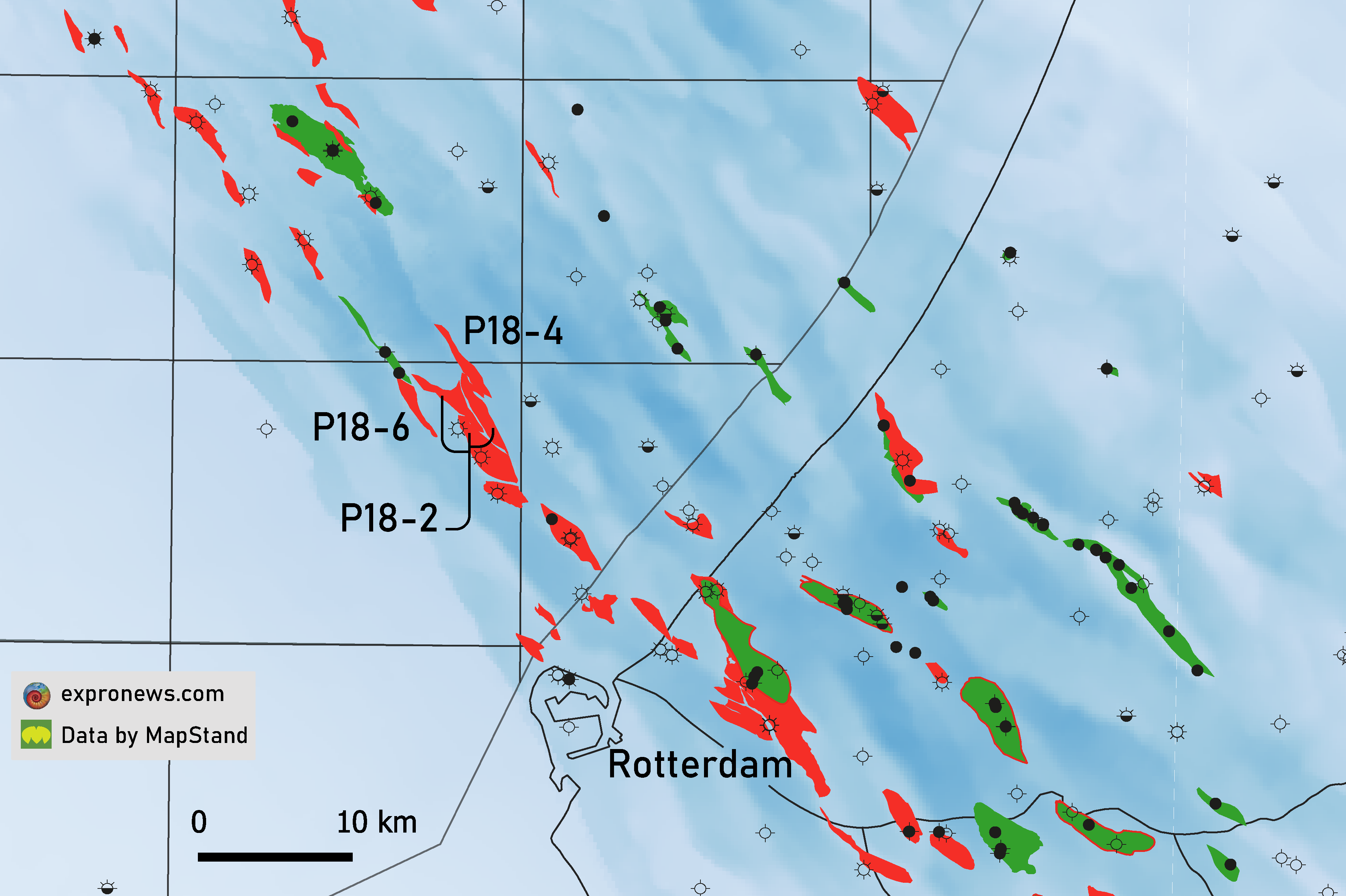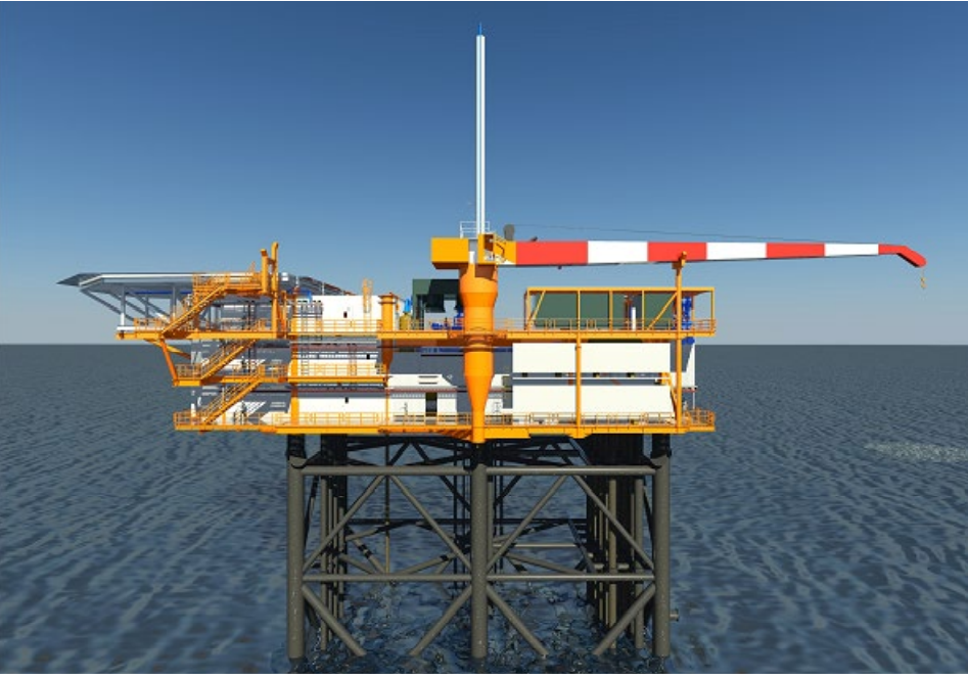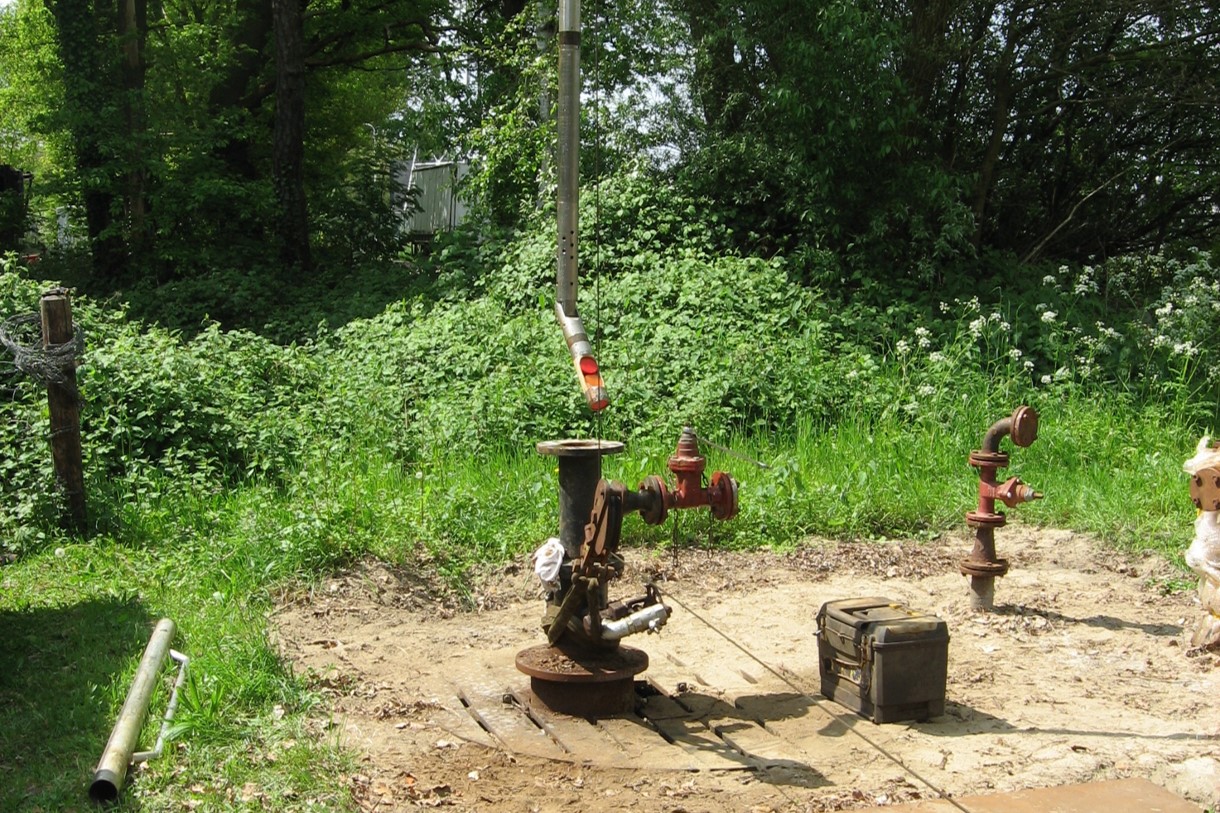Storage of CO2 in depleted gas fields comes with advantages and challenges. On one hand, depleted gas fields have proven to be secure sites in terms of caprock integrity and reservoir properties, but on the other hand wells drilled into the reservoir form potential leakage pathways for CO2.
The Porthos project offshore the Netherlands is an example of a CCS site that will use an abandoned gas field in Triassic sandstones (P18-A). As such, some of the production wells will be converted to injection wells, whilst other wells will be permanently abandoned. However, regardless of whether a well is to be used as an injector or is to be permanently abandoned, access to the section immediately above the reservoir is required in order to isolate the formation that will host the CO2.
Three compartments
The three reservoir compartments that make up the Porthos CCS project in the P18-A field (P18-2, P18-4 and P18-6) are together capable of storing around 41 million tonnes of CO2. Whilst the facilities will be able to transport and store up to 5 million tonnes a year, the plan is to initially inject 2.5 million tonnes a year. With an annual emission of around 170 million tonnes (2020) in the Netherlands, Porthos is clearly a start of something that needs ramping up significantly if CCS is going to make a material difference.
There is one well in the P18 project that caused some complications when it comes to accessing the reservoir sections.
When the operator at the time, BP, side-tracked production well P18-A6 in 2003 to drain another fault block, the parent well was not cemented above the reservoir. In order to drill the side-track (P18-A6S1), a so-called whipstock was put in the hole in order to deviate the drill bit and make sure the new hole kicked off at the right depth. Putting a whipstock in the well also meant that access to the reservoir section of the parent well was not possible any more, unless the whipstock could be pulled out.
So, the Porthos partnership was facing the challenge of fishing the whipstock or, failing that, a milling operation or even drilling a new well that would bypass the whipstock.

A person with knowledge on the matter did recently confirm to expronews that the whipstock has been successfully retrieved from the well, which has allowed access to the parent well. The side-track has also been abandoned. The process must have taken longer than anticipated though, as it was scheduled for 3.5 months rather than six. The Valaris rig is still on site today.
The parent well was initially planned to be an injector well according to the storage proposal, but given the complexity of the operation the well has now been permanently abandoned. That will leave the P18-2 compartment with three injection wells, as the original plan was to have four.
The next hurdle
The next hurdle in getting the Porthos project over the line will be a court hearing later this month, where the judge will determine whether or not the nitrogen released during pipeline installation falls within the environmental limits. If not, it may be the nail to the coffin of another major CCS project in the Netherlands following the Barendrecht case two decades ago.
HENK KOMBRINK





